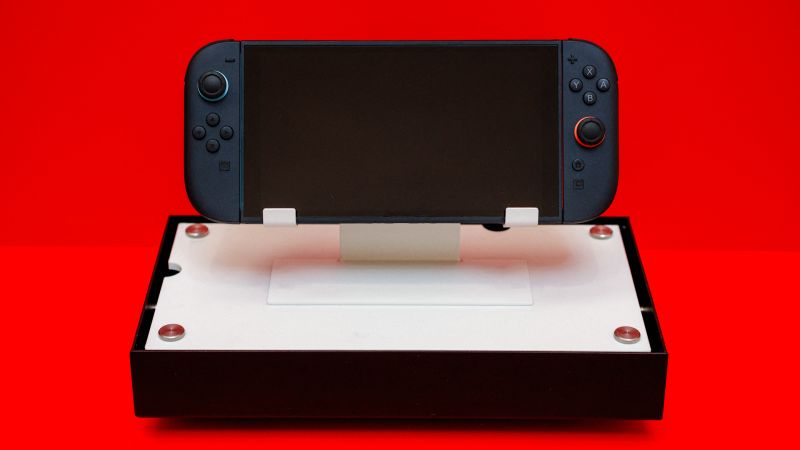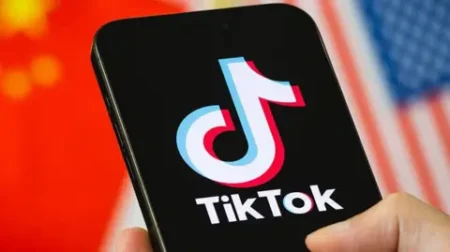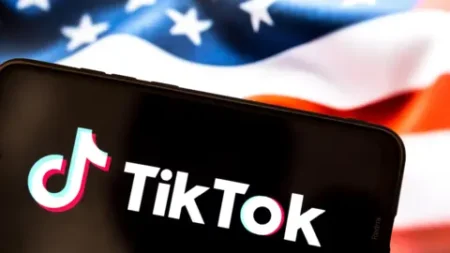The gaming community is buzzing with excitement, as Nintendo has made an exhilarating announcement regarding its next-generation console, the Switch 2. This new device is anticipated to push the boundaries of gaming technology and deliver an unparalleled user experience. However, amidst the excitement, a critical shadow looms over the release. Preorders for the Switch 2 in the United States have been temporarily suspended due to recent developments in the political and economic landscape.
The catalyst for this disruption is none other than U.S. President Donald Trump, who recently unveiled an expansive tariff proposal that has significant implications for various industries, including gaming. Although there is currently a 90-day pause on the enforcement of this tariff plan, a hefty 145% tariff on goods imported from China remains in effect. This policy poses a dire concern for gaming manufacturers, as a substantial portion of the components used in gaming consoles is sourced from Chinese suppliers. As a result, industry experts are expressing apprehension that prices for consoles, including the highly anticipated Switch 2, could spike dramatically once the 90-day window elapses.
In-depth analysis from gaming industry professionals, such as CNN correspondent Hanako Montgomery, highlights the precarious position in which Nintendo finds itself. The gaming giant has built its reputation on delivering innovative gaming experiences at competitive prices, appealing to a broad audience ranging from casual gamers to hardcore enthusiasts. However, the potential for increased manufacturing costs resulting from these tariffs could necessitate a reevaluation of pricing strategy, possibly leading to higher retail prices than originally planned. This, in turn, could alienate price-sensitive consumers and adversely affect sales.
As gamers eagerly await further updates, the situation is continually evolving. The U.S. Trade Representative’s Office has indicated that the tariff strategy is intended to pressure China into complying with U.S. trade demands. However, this approach has been met with criticism from various quarters, including the tech and gaming industries. Executives from leading gaming companies have raised concerns over the impacts on consumer electronics, expressing fears that increased prices could dampen growth in the sector.
The timing of the announcement is particularly crucial, given that the holiday gaming season is fast approaching. Traditionally, this period is pivotal for gaming especially regarding new console releases. The potential delay in preorders and the uncertainty surrounding pricing could hinder Nintendo’s competitive edge over rivals like Sony and Microsoft, who are also gearing up for their respective console launches.
Moreover, the implications of the tariff strategy extend beyond just console pricing. Access to components necessary for the gaming ecosystem could be impacted, leading to production delays—essentially ripples affecting consumer availability and ultimately, customer satisfaction. Loyalty from gamers is built on the delivery of exciting new products and experiences, and any disruption in that flow could result in lost revenue and diminished market share.
In conclusion, while Nintendo’s upcoming Switch 2 is met with much anticipation, the gaming giant finds itself entangled in the complexities of international trade relations. The potential for rising prices, coupled with the halt on preorders, has stirred a sense of unease within the gaming community. As the industry keeps a vigilant eye on the unfolding situation, one thing is clear: the confluence of gaming and global trade dynamics is more intricate than ever, and its outcomes will be pivotal in shaping the future of gaming. Gamers will have to wait and see how this scenario unfolds in the coming months, as they hold their breath for clarity in an uncertain trade environment.











